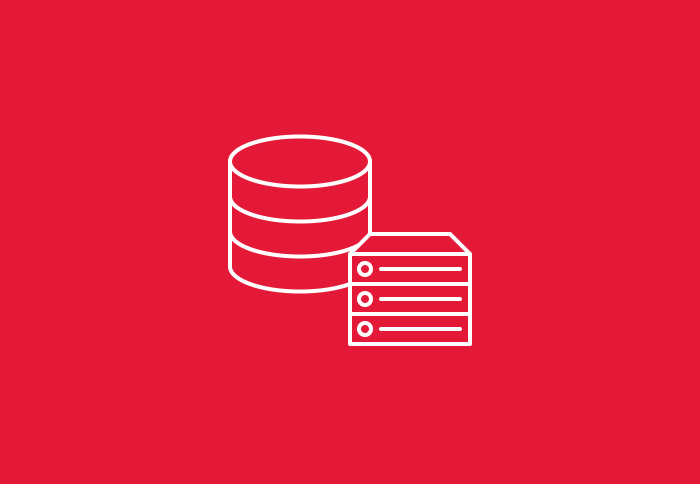
Manage Database Roles
Solution Database roles are conceptually completely separate from operating system users. Database roles are global across a database cluster installation. To create a role use …

Solution Database roles are conceptually completely separate from operating system users. Database roles are global across a database cluster installation. To create a role use …

Turn off autocommit and just do one commit at the end. (In plain SQL, this means issuing BEGIN at the start and COMMIT at the …

The installation of Microsoft SQL Server, like that of various modern products is fairly easy, whether you are using a CD called SQL Server Developer …

Syntax sp_fulltext_database Initializes full-text indexing or removes all full-text catalogs from the current database. sp_fulltext_database [@action =] ‘action’ Arguments [@action =] ‘action’ Is the action …

How to View a Table in a SQL Server Database Need to know how you can view a table within a SQL server database? Using …

To connect to your MSSQL database using Enterprise Manager, please perform the following: 1. Bring up Enterprise Manager. 2. Go to menu “Action”->”New SQL Server …

Using Enterprise Manager Expand SQL Server group Expand the server name Expand Databases Expand the database that you’ll be exporting data from Click on Tables …

Open Enterprise Manager and expand the registered SQL server. Expand Security. Click on Logins. Right-click the user “sa” and select Properties. Type the new password …

SQL Server has no built-in support for restricting clients by IP address. The most common work-arounds are firewalls, IPSec, or third-party network layer filters to …

To restore a database on SQL Server using .mdf, .ldf, or .ndf files, rather than performing a restore, you will actually need to attach the …

1. Open query analyser. Do not open Enterprise Manager. 2. Let the database be selected as “Master” 3. Fire the command BACKUP LOG “DATABASE_NAME” WITH …